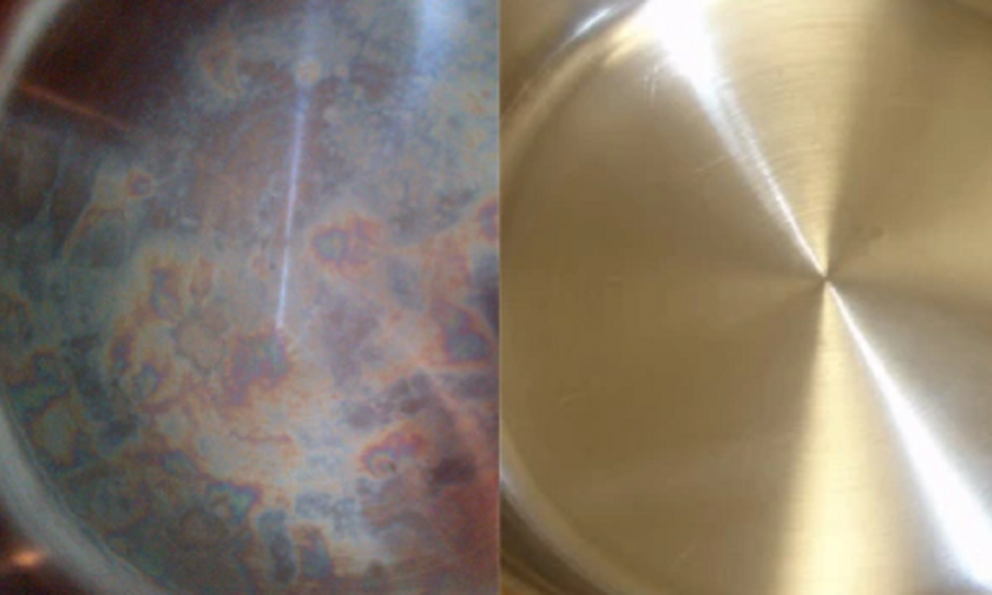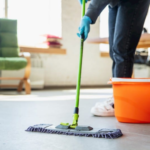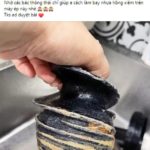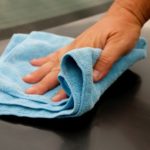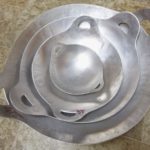Rainbow streaks, also known as “rainbow stains,” often appear at the bottom of stainless steel pans after a period of use. Many people wonder if this is a sign of toxic contamination, cheap material, or oxidation that can affect health and cooking efficiency.
In fact, this is a normal phenomenon and is not related to the quality of the food or your health.
According to Times of Malta, stainless steel pans are usually made of stainless steel. The “rainbow color” phenomenon is also known as “heat tinting”. Stainless steel contains a small amount of chromium that helps prevent rust and corrosion. When chromium comes into contact with air, a protective layer is formed. When stainless steel is heated at high temperatures, this oxide layer can thicken, creating rainbow colors. This phenomenon can also occur when heated quickly. This layer helps protect the stainless steel pan and does not affect health. Some people may have concerns about toxic chromium, but in reality, chromium is difficult to oxidize in the Cr6+ state (a compound that can be toxic).
While not harmful, rainbow colors can be visually unappealing. To remove them, you can use vinegar for cleaning.
First, you pour a little warm water into the pan and add a few spoons of vinegar. In just a few minutes, you rinse the pan with water and you will see them shine again.
Another method is to use a soft sponge soaked in vinegar and gently scrub and clean them. Note that you should not use a metal scrubber and scrub vigorously as it may damage the pan.
For white hard water marks that accumulate at the bottom of the pan, you can also treat them by pouring vinegar or squeezing lemon onto a dishwashing sponge and lightly scrubbing.
Eliminate Under-Eye Puffiness Fast with Vinegar-Based Home Remedies
Are you looking for efficient ways to keep your home spick and span? Look no further than the humble vinegar bottle! Read on to find out how this common kitchen ingredient can help you achieve sparkling results when it comes to cleaning.
























